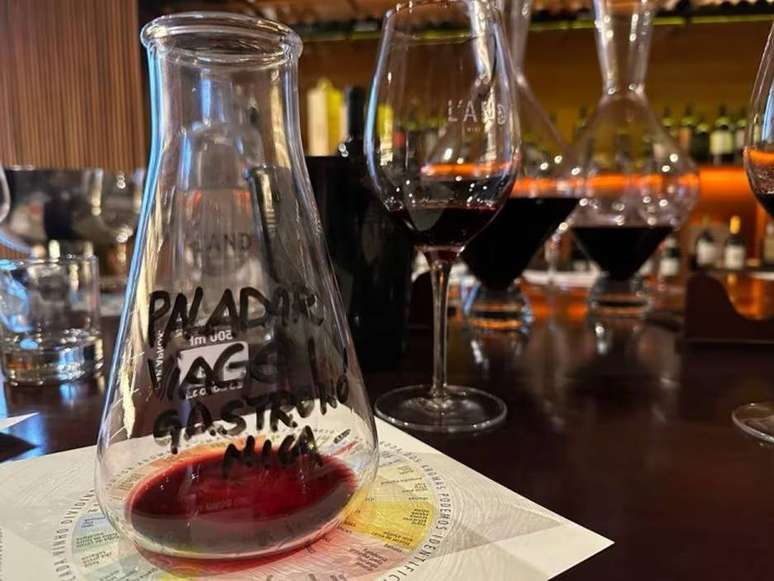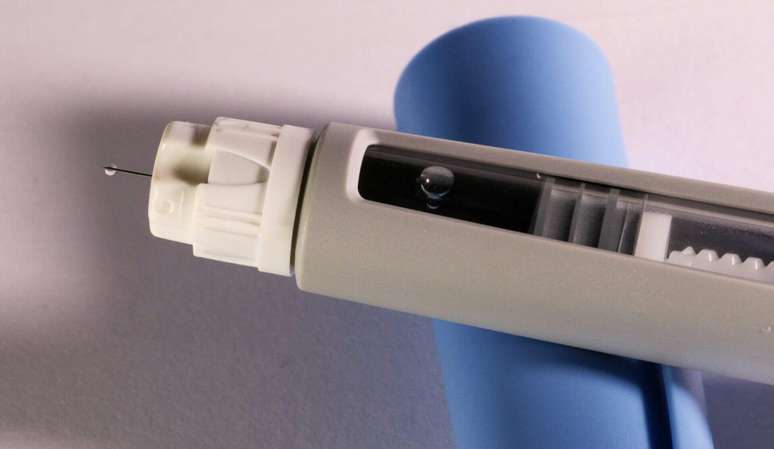As part of wine experiences, you can produce your own blend in the Alentejo region of Portugal
Especially during the pandemic, wine consumption and interest in the topic among Brazilians have grown. A survey carried out by the consultancy firm Wine Intelligence, launched in 2023, guarantees that at least 36% of the adult population in Brazil has the habit of drinking wine, more than double what happened in 2010.
The increase in general consumption of the drink linked to the god Bacchus, not only in Brazil, obviously pushes wineries and so-called wine hotels to invest in new possibilities. Many offer to sell lots to oenophiles to produce their own grapes.
On another front, it is increasingly common for restaurants and chefs to source their wines from their own lots. Chef and restaurateur Claude Troisgros produces his own wine in the Serra Gaúcha. Here in Portugal, the two Michelin star José Avillez has his own labels, called JA.
At L’AND Vineyards, guests and visitors to the wine hotel can produce batches of their own wine, but for those who just want a playful moment, with that special taste of acting like a winemaker, the Make Your Wine experience was created.
During our Gastronomic Journey through Alentejo, we had the opportunity to participate in this drinking game hosted by sommelier Gonçalo Mendes. And from there our Paladar Viagem Gastronomica blend was born. The bottle, of course, will be kept to celebrate the first year of the column here.
The activity begins with an introduction to the wine map of Portugal and its 14 regions. “There are around 250 varieties of grapes cultivated, with the most diverse characteristics, given by the different geography of the country”, he explains.
It is precisely this diversity of grape varieties, which can give different nuances to the drink, that Portugal focuses more on blends, rather than the so-called monovarietals, when only one type of grape is used to produce the wine. Here, be careful: in blends it is better to use so-called native species and other species that are now grown in the country.
Next, participants are invited to taste four 100% wine bases: Touriga Nacional, Touriga Franca, Alicante Bouschet and Shiraz. Once you’ve felt all the complexity of each type, it’s time to take action.
“Each person can choose which wines to mix and also the proportion of each,” explains Gonçalo, as he teaches how to use the extra-large pipette, used to sip wine from the barrels. In this case, the exercise involves samples in glass containers, which gives the table the look of a chemical laboratory.
The challenge for Paladar Viagem Gastronomica was the proportion of 75% Touriga Franca with 25% Alicante Bouschet: the idea was to give a little lightness to the red.
Once prepared, the blends are taken to another room to be covered with aluminum foil for blind tasting. Sip from here, cheek from there, and… we have a winner! Yes, Paladar Viagem Gastronomica was chosen!
To enjoy a complete experience, Gonçalo invites you to put the cork in the bottle, seal it and choose the label design to finally name the wine. Anyone who wants, after the experience, can order more bottles.
Source: Terra
Ben Stock is a lifestyle journalist and author at Gossipify. He writes about topics such as health, wellness, travel, food and home decor. He provides practical advice and inspiration to improve well-being, keeps readers up to date with latest lifestyle news and trends, known for his engaging writing style, in-depth analysis and unique perspectives.







![Such a wonderful sun in advance: Summary of the episode on August 21, 2025 [SPOILERS] Such a wonderful sun in advance: Summary of the episode on August 21, 2025 [SPOILERS]](https://fr.web.img5.acsta.net/img/d3/05/d305bc2e988868b047486aa1f425d806.jpg)
